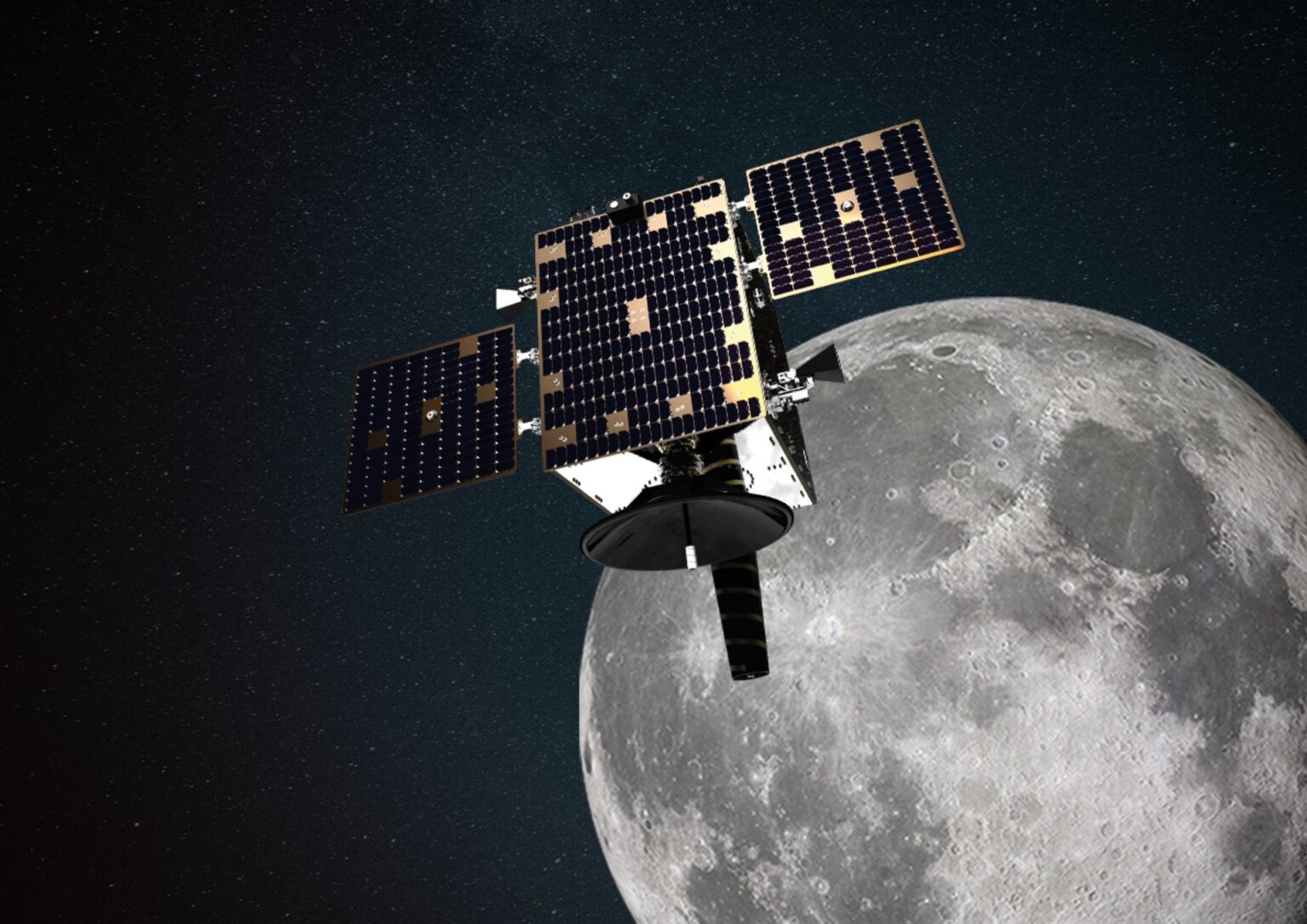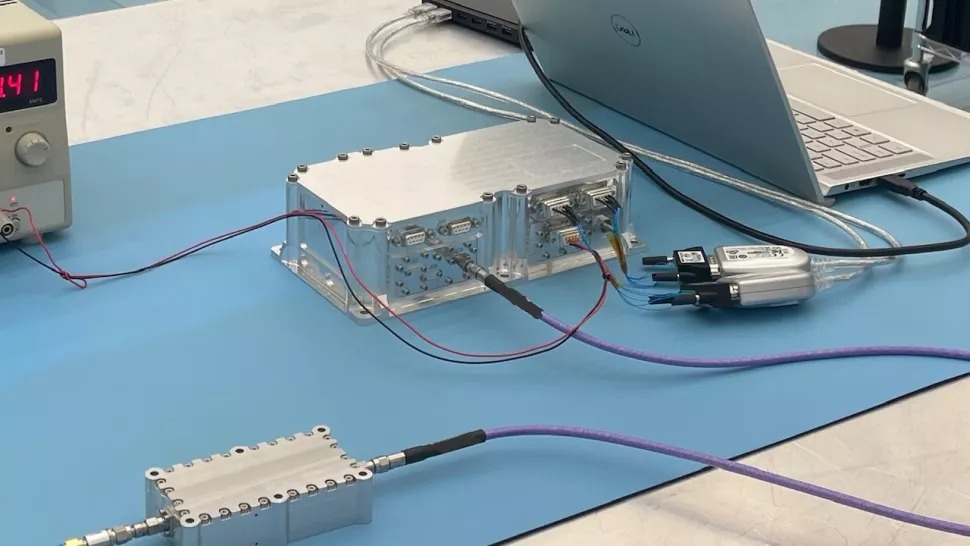GPS navigation on the Ground makes it easy to orientate the terrain and ensures traffic safety. However, such a useful positioning system is not available on the Moon, which makes orientation on the terrain more difficult. Therefore, British engineers are developing a device that will make GPS navigation work on the Moon. The device was named NaviMoon, and it is considered a breakthrough in lunar navigation. It was built by the Swiss company Space PNT for the European Space Agency (ESA). The first trial launch of the lunar positioning system will take place in 2024.

GPS navigation on the Moon
Getting GPS navigation to work on the Moon is no small feat. Currently, the US GPS satellite constellation has 31 satellites orbiting the Earth at an altitude of 20,180 km, as well as 22 European Galileo satellites at an altitude of 23,222 km. However, the Moon is on average at a distance of 385,000 km from Earth. In addition, the GPS and Galileo navigation satellites are configured to direct their signal to our planet. Everything else that reaches the Moon turns out to be 1000 times weaker than that of the Earth, and is just a “side effect”.
“Today, to determine the position of the spacecraft on the Moon, we use parabolic antennas installed on Earth. But since the Earth rotates, a lot of stations are needed, as well as some rather expensive technology on satellites. Using a simple GPS receiver will make the process much cheaper,” explains the CEO and co-founder of Space PNT.
How NaviMoon works

Nevertheless, engineers are confident that NaviMoon will be able to determine the position of a satellite orbiting the Moon with an accuracy of up to 100 meters. It’s not perfect, but it’s better than existing technologies allow. Using the NaviMoon system, engineers can virtually extend GPS coverage to the surface of the Moon. First, they use the NaviMoon system on the satellite to determine its position, and then redirect the signals to the rovers and astronauts on the surface. According to Botteron, four to five such satellites can provide full coverage, including the dark side of the Moon.
Space PNT recently delivered an engineering model of the NaviMoon receiver to the British company Surrey Satellite Technology (SSTL), which is building the Lunar Pathfinder spacecraft. The spacecraft will carry a number of telecommunications systems that SSTL plans to use to sell services to space agencies and commercial companies preparing to operate their vehicles on the surface of the Moon.
According to Space
Follow us on Twitter to get the most interesting space news in time
https://twitter.com/ust_magazine

